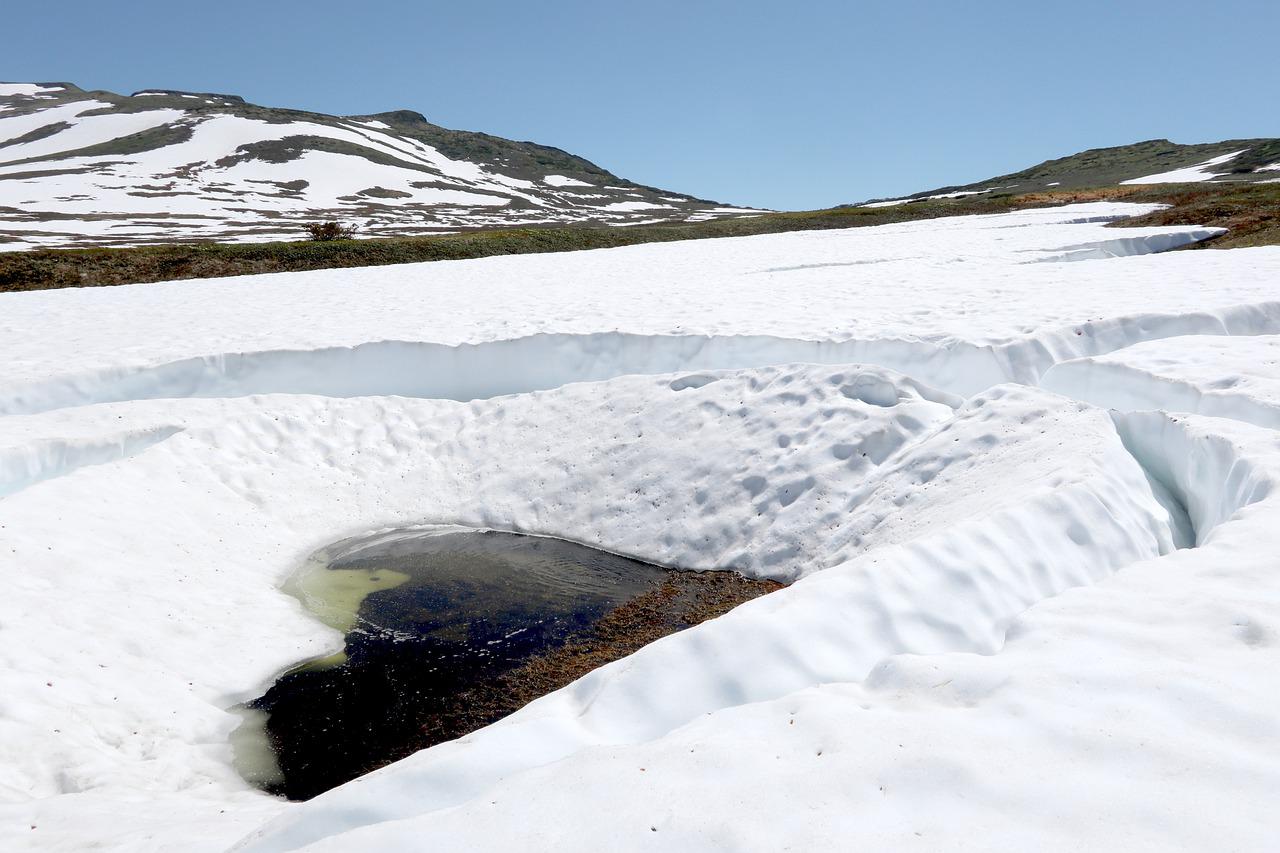
Perhaps you have ever heard of something called "tundra", whether in a movie, in a series or in a documentary. But what is tundra? Surely you have already found out that it is a very cold biome, generally covered by snow and with little vegetation. Despite how deserted it may seem, there are many things we can learn about it.
In this article we will explain what the tundra is, what types exist and what its flora and fauna are. These seemingly empty and lifeless plains, house a very resistant and interesting ecosystem, It is capable of withstanding extremely cold temperatures. If you are interested in the subject, do not hesitate to continue reading.
What is the tundra and its characteristics?
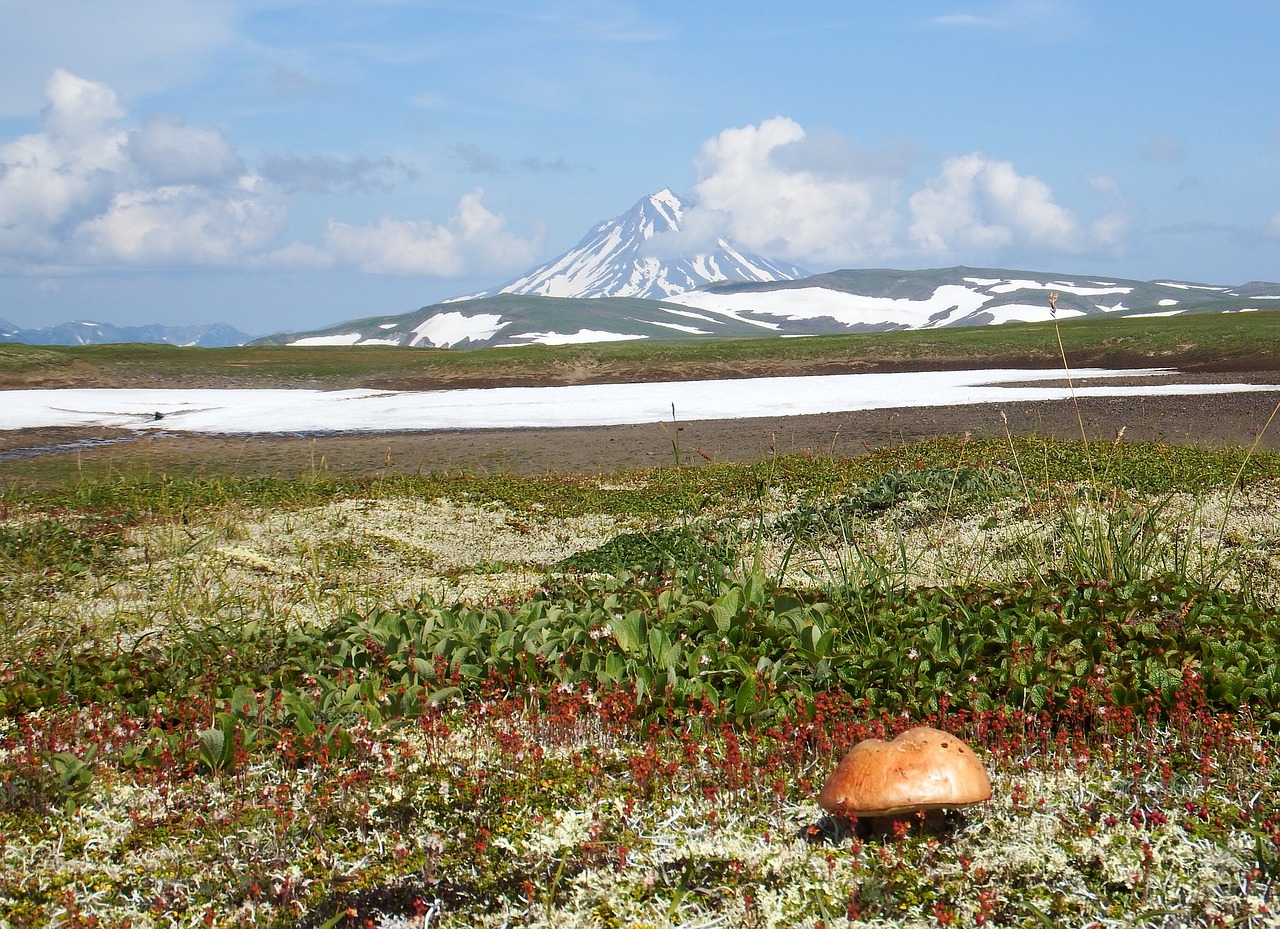
Let's start by explaining what the tundra is and what its characteristics are. It is a terrestrial ecosystem. East biome It is one of the coldest on the face of the earth. Therefore, it is not surprising that the literal translation of its name is "treeless plain". Many people call this biome "polar desert." The main characteristics of the tundra are the following:
- Very cold weather.
- Low rainfall.
- Strong winds.
- Little diversity at the biological level.
- Quite poor soil in terms of nutrients.
Compared to other ecosystems and biomes, the tundras remain fairly unknown to this day. Due to its geographical location, so far from human beings, and its difficult access, both due to weather conditions and relief, These are areas that have not been fully investigated.
These territories are found in the polar regions and at high latitudes, its main location being the northern hemisphere. In addition, the tundras cover regions such as Iceland, Siberia, Alaska, the highlands between Argentina and Chile, various subantarctic islands, the southernmost part of Greenland, northern Antarctica, northern Canada and Northern Europe, including Scandinavia and Russia. It should be noted that on the tops there is also the tundra, due to cold weather, strong winds and little rainfall.
Climate
As the geographical location of the tundras is usually close to the poles and at a considerable altitude, it is not surprising that the temperature there remains below zero degrees for most of the year, between six and ten months. In general, winters in these biomes are dark, long, dry, and very cold. In some areas, temperatures can drop to minus 70ºC. Although it is true that the surface is usually snowy most of the year, in summer a few light precipitations can appear, yes, in the form of snow.
In the most extreme areas of the tundras, the average temperature ranges between 6ºC and -12ºC. However, in the mountain peaks and in the high zones temperatures of up to ten degrees can occur. Of course, at night they will fall below zero degrees again.
Types of tundra

Depending on the regions or areas where the tundra is found, we can classify them into a total of three groups:
- arctic tundra
- alpine tundra
- Antarctic tundra
Below we will talk in more detail about these three types of biomes.
arctic tundra
First we have the Arctic tundra. This is located in the Northern Hemisphere, just below the famous arctic ice caps. The expansion of this region occupies all the inhospitable territory until it reaches the limits of the forests made up of conifers, which are already part of another biome called taiga. Seen on a map, the Arctic tundra would occupy a significant part of Alaska and half of Canada.
It should be noted that andn most of this territory we can find “permafrost”. It is a subsoil layer that is permanently frozen. In the event that water saturates the surface, ponds and peat bogs can form. In this way, the plants can get some moisture.
Regarding the vegetation, there is no deep root system. Nonetheless, yes we can find a great variety of vegetables resistant to cold, eg grasses, liverworts, sedges, mosses, low shrubs, etc.
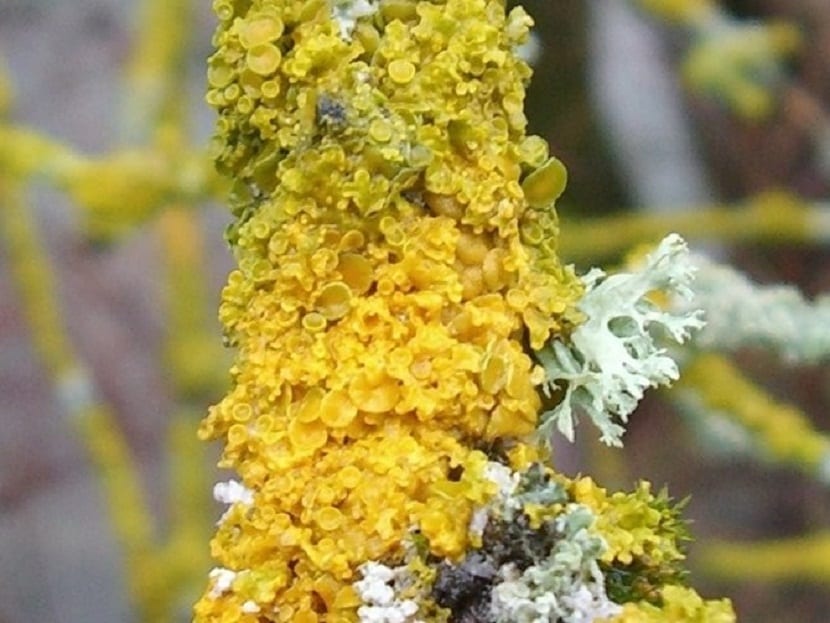
The animals that inhabit these territories are adapted to withstand very cold and long winters. In addition, they have the ability to reproduce and breed very quickly in summer. It should be noted that mammals and birds living in the Arctic tundra often have additional fat insulation. Because food is scarce in winter, many animals hibernate, while others migrate south, especially birds. As for amphibians and reptiles, they are very few, if not completely absent, in these regions precisely because of the extremely low temperatures. Due to the constant emigration and immigration that exist in this type of tundra, the population is constantly changing.
alpine tundra
When we talk about the Alpine tundra, we refer to those found in the mountains, whatever their location on Earth. We generally find it at significant heights above sea level, where vegetation is scarce and no type of tree grows. Normally, the growing season usually lasts approximately 180 days. At night, the temperature often drops below what would be freezing point. One feature that sets it apart from the Arctic tundra is that the soil is well drained.
The vegetation that exists in the Alpine tundra is very similar to that of the Arctic. This includes small-leaved shrubs and heaths, herbs such as grasses, and dwarf trees. The fauna of these regions is very well adapted to the conditions. We can find various mammals such as mountain goats, marmots and sheep. Some birds with particularly cold-resistant fur and some insects, such as butterflies, grasshoppers and beetles, also inhabit this type of tundra.
Antarctic Tundra
As for the Antarctic tundra, It is one of the least frequent ecosystems, but not nonexistent. We can find it in some of the Kerguelen Islands, in the South Sandwich Islands and in the South Georgia Islands, the latter two being British territory.
What is the flora and fauna of the tundra?
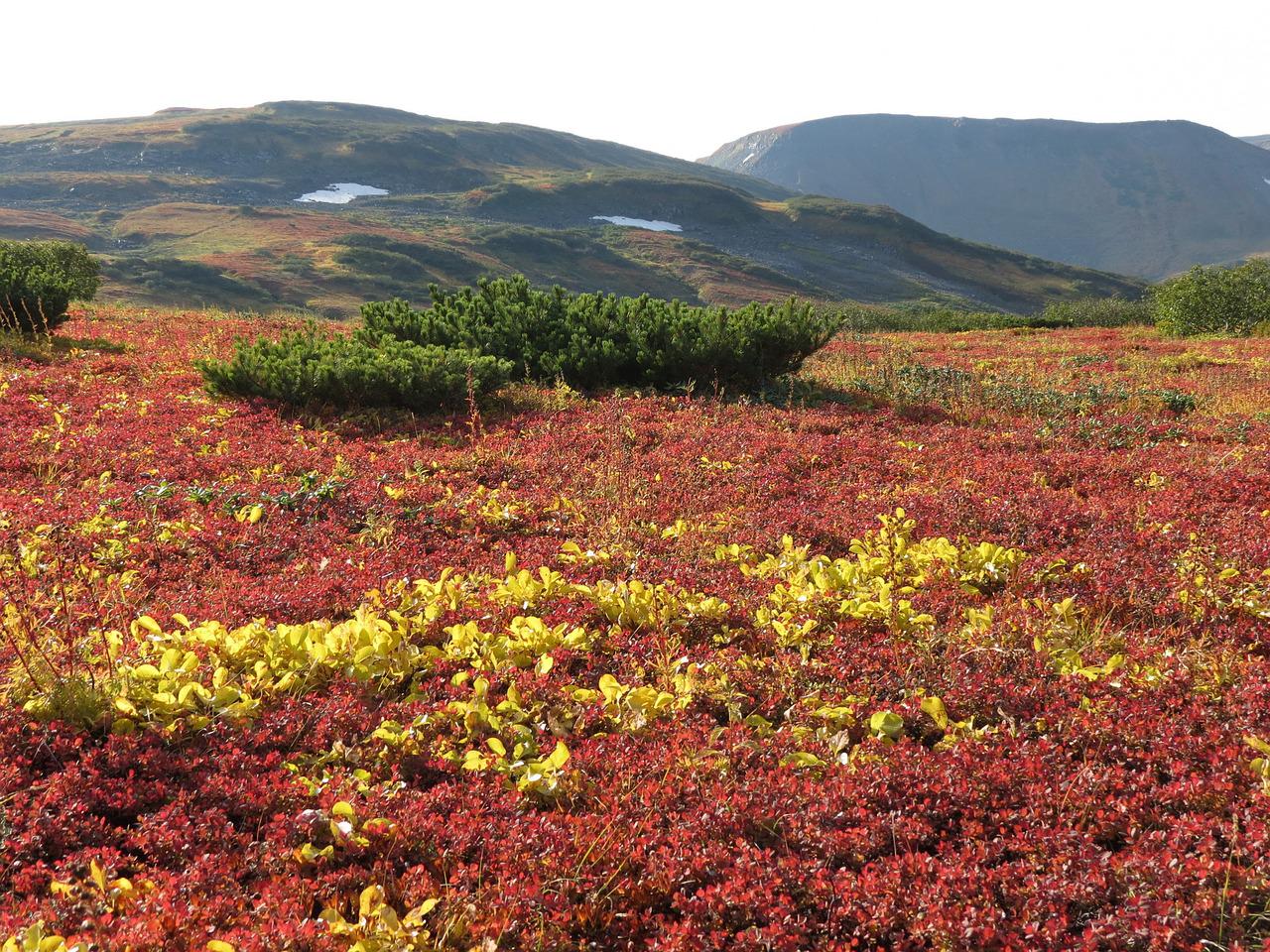
If we take into account the type of climate in the tundras, it is the most normal thing in the world that animals have evolved and adapted to cold and harsh temperatures. They have very thick layers of fat under the skin, while the coat is usually thick and long. In order to better camouflage, some are usually white, which makes it easier for them to hide in the snow and escape predators.
Among the animals of the tundra best known we can find the following:
- various species of birds
- musk oxen
- Polar bears
- caribou
- Reindeer
- Wolves
- Hares
- arctic foxes
- Hawks
- Sea lions (near the sea or on the coasts)
- Various types of seals (near the sea or on the coastlines)
Since there is a greater amount of food in the Arctic tundra, it is there where we can also find a greater variety of animals than in the Alpine tundra.
Flora
Given the fact that the tundra is basically a layer of snow and ice that covers most of the soil, forest and land, it may seem that there is no vegetation, but there is. Since the growing seasons are usually short, plants tend to be short and unassuming. They have become quite well adapted to such terrain through hairy stems and the ability to flower and grow rapidly in such short summers.
As we have already mentioned before, such low temperatures do not allow trees to grow, but small plants do. There are up to 400 different species of flowering plants in the tundras. Of course, it should be noted that they are quite scattered throughout the territory. This is due to the weather conditions of the place and the low rainfall. In addition, the lack of decomposing organic matter, which is ultimately what provides nutrients to the soil for plants, is also of paramount importance. Some of the most common vegetables in these parts are the following:
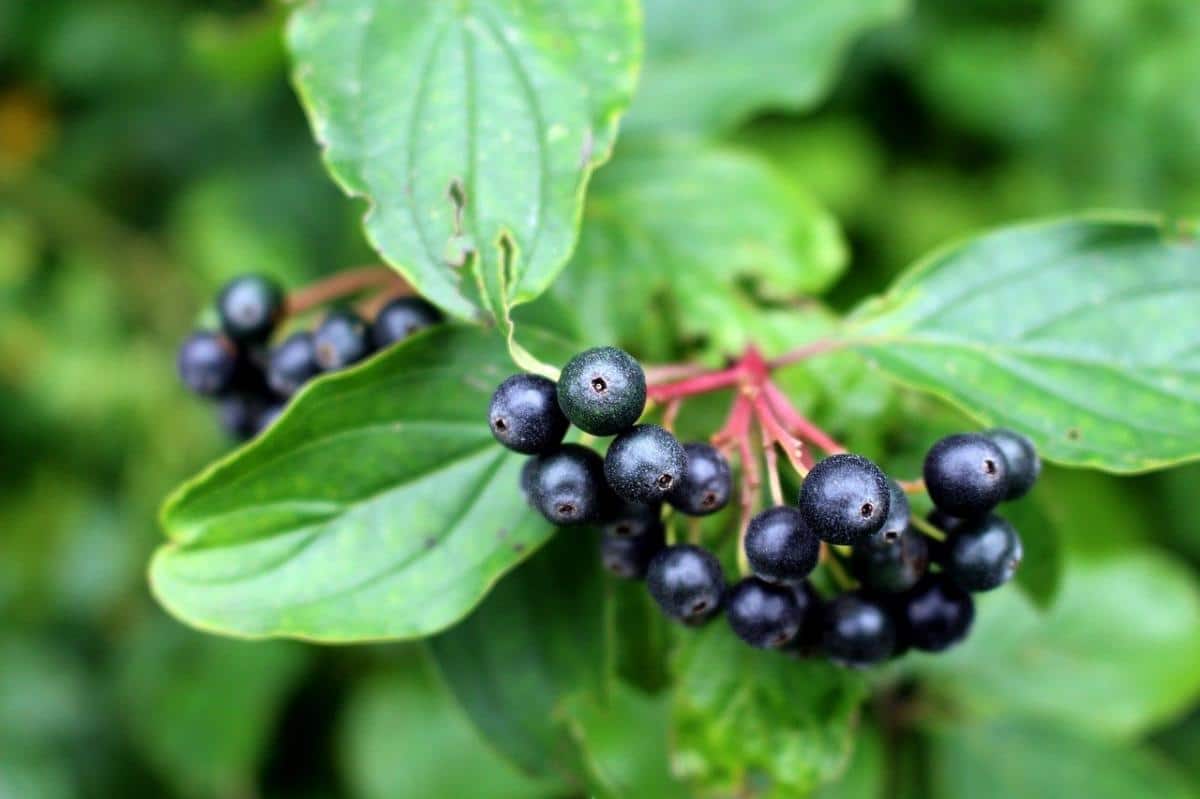
In total there are about 1700 different species of plants, including liverworts and grasses. In summer, the tundras are often awash with tiny alpine flowers and the landscape turns green thanks to the abundance of mosses, sedges, heaths, dwarf shrubs, lichens and grasses that grow. They are generally small vegetables that withstand strong winds better than other plants, being able to protect themselves from snowfall by growing between rocks.
Well, it seems that we have gathered a lot of information about what the tundra is. As you can see, even the most inhospitable landscapes are home to life, and lots of it!